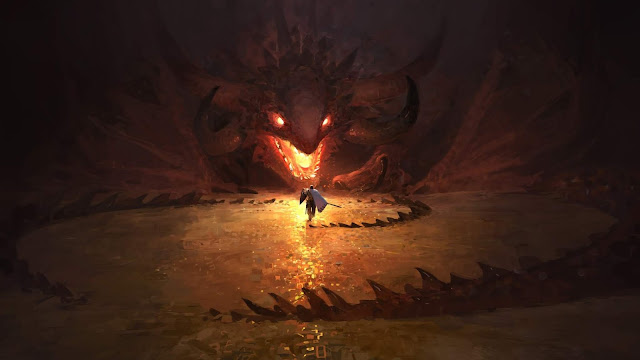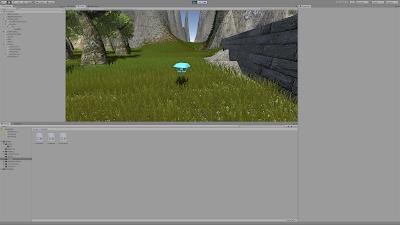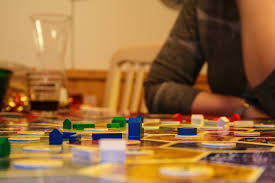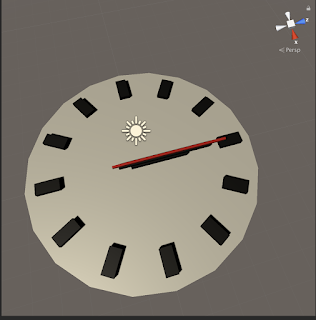Game Design Document

Artwork that I feel captures Inferno Lair perfectly Source: UHD Paper This week, I drew up a Game Design Document for Inferno Lair, my top down Action / Adventure RPG. I used Dundoc for this task, which was a major help and time saver. Having the templates there to guide me kept me on track, and made me aware of all of the design choices I had to consider. Inferno Lair has already become a more refined, better planned game than it was before I started this document. I realised some features that did not need to be there at all, and also some features that I didn't consider that definitely SHOULD be there. Link To Dundoc GDD: Inferno Lair As I was considering how my game would be created, I started downloading more Unity Asset packs. Character models, SFX, weapons and armour etc. All things that I knew I needed, but writing this document made it feel like the time was getting near to start actually building it. I've been looking into the coding behind the combat an








